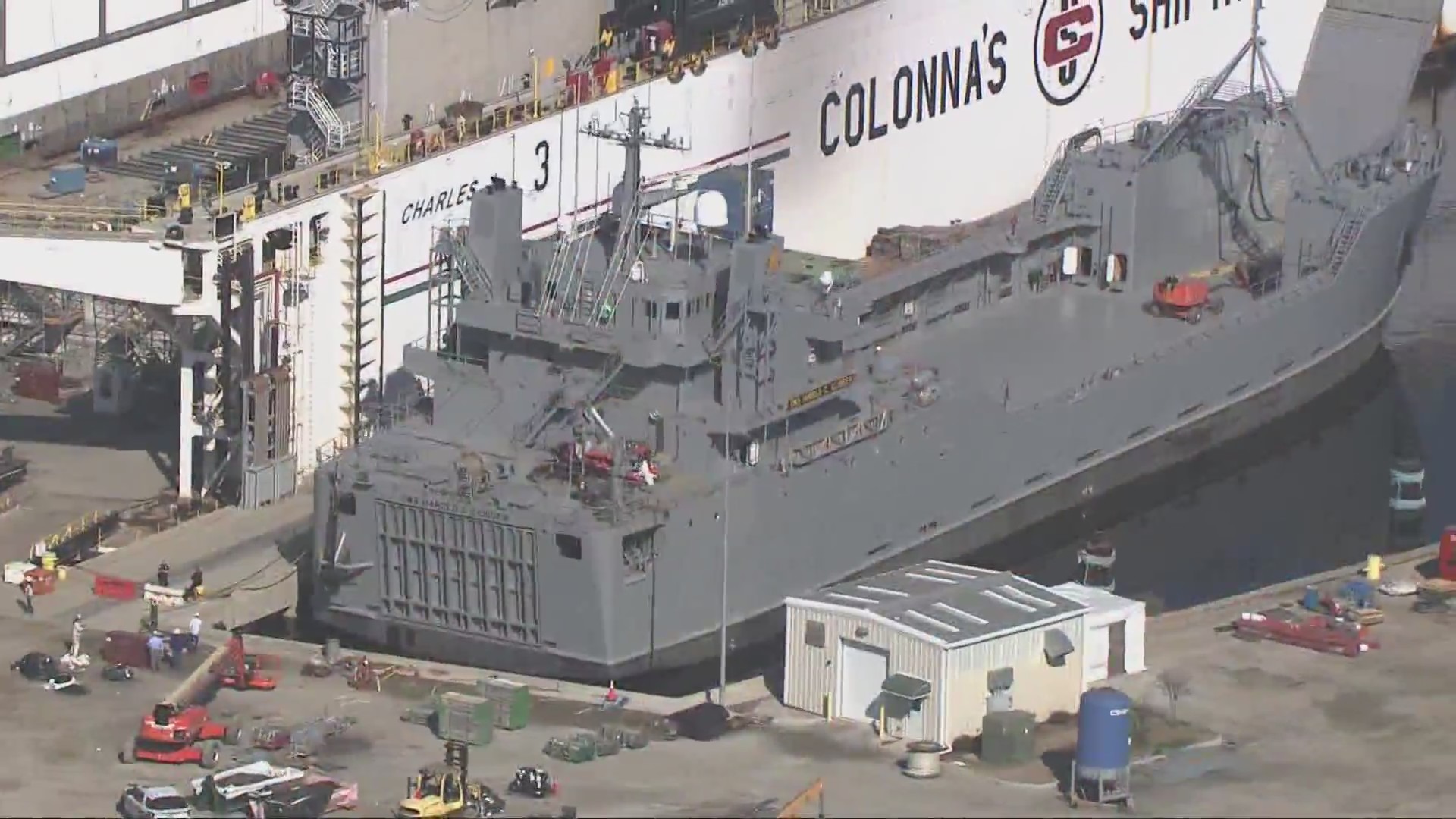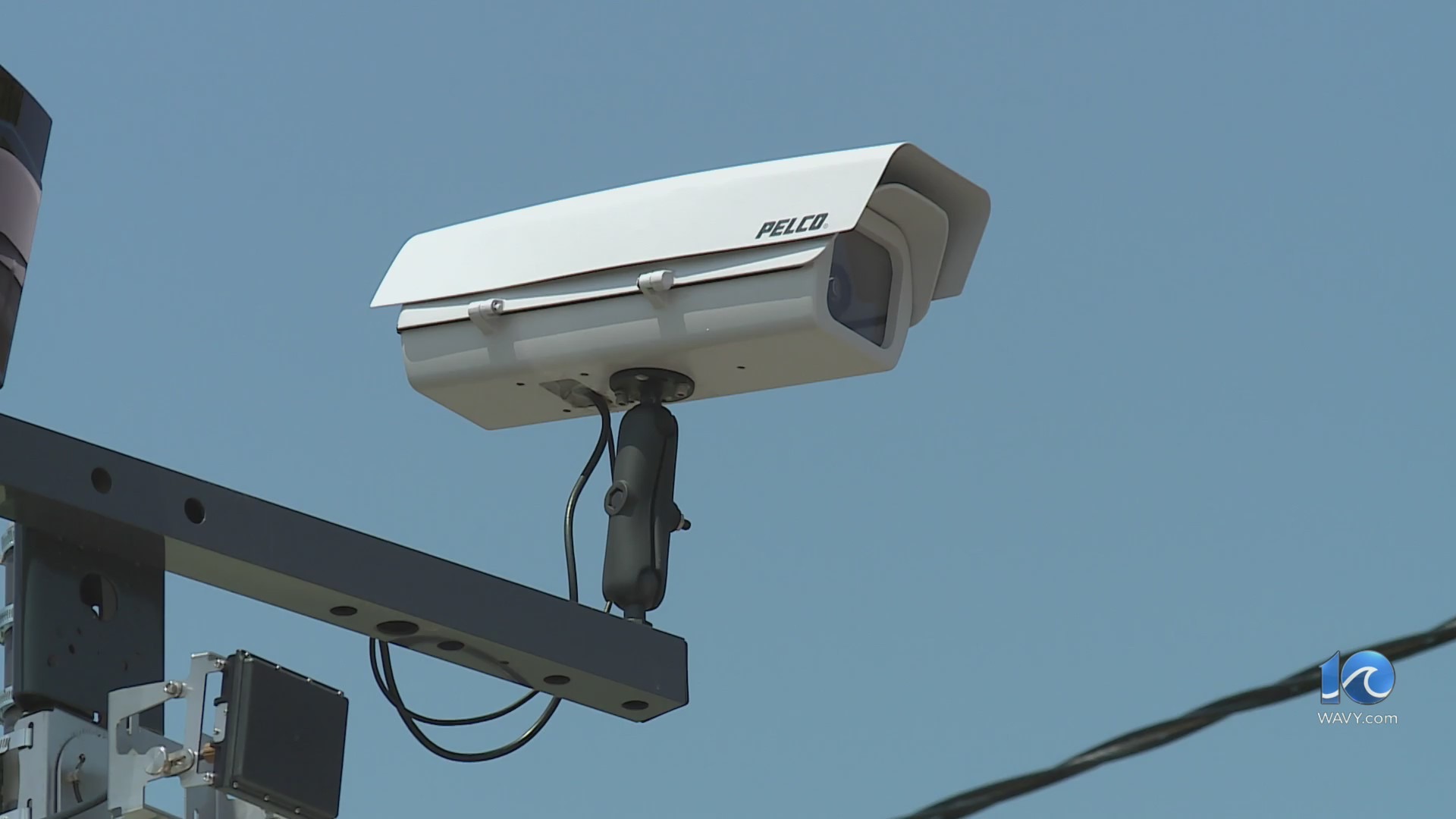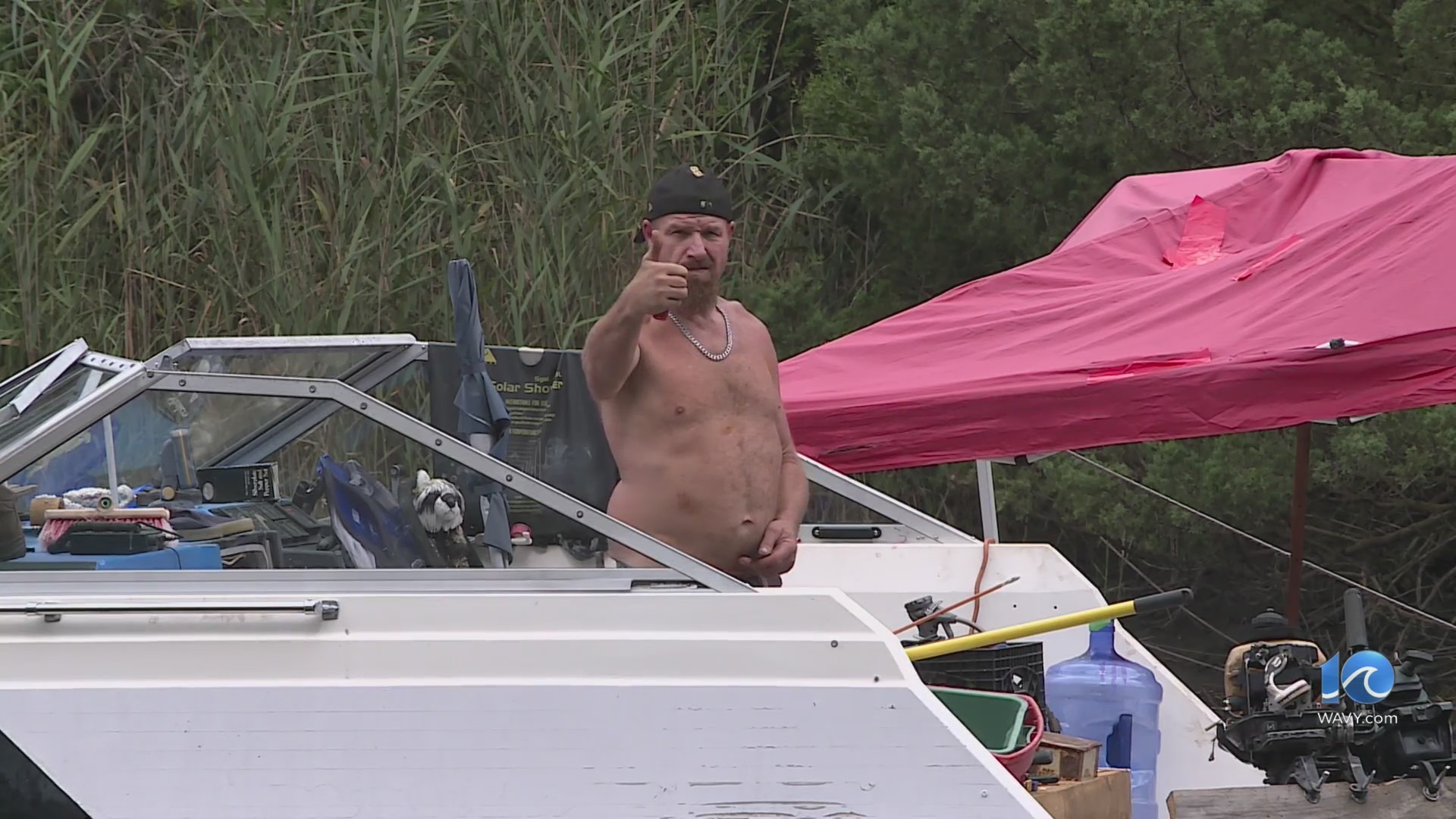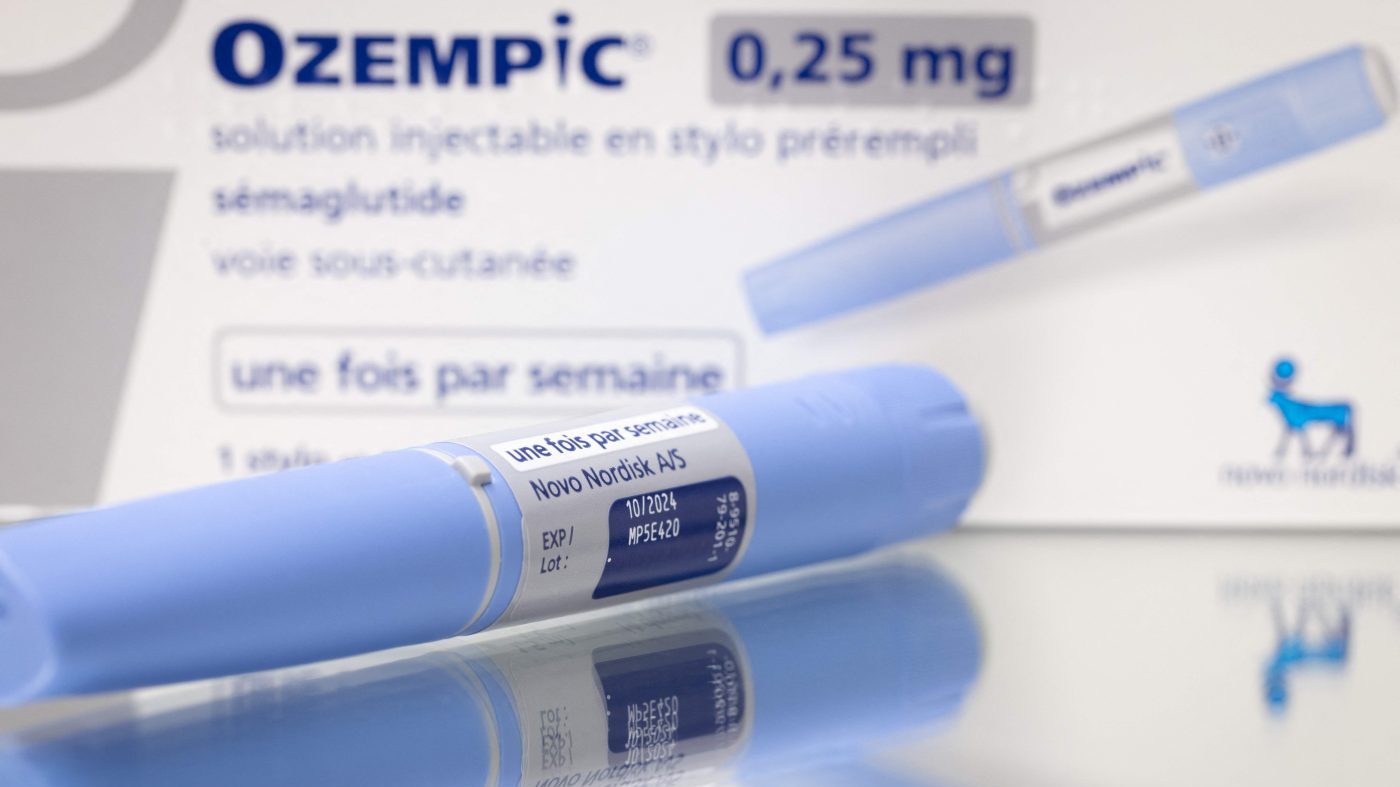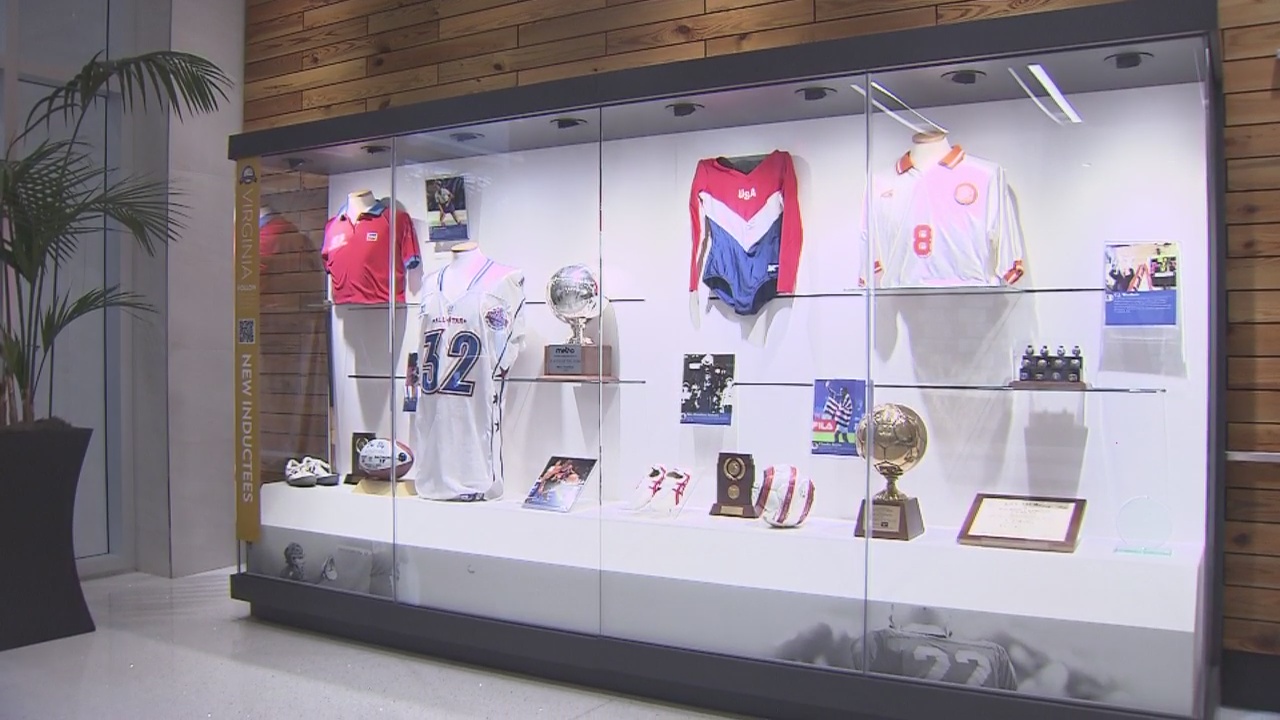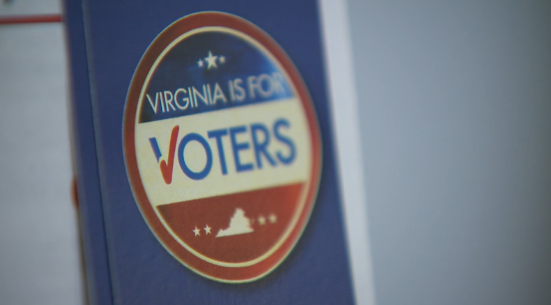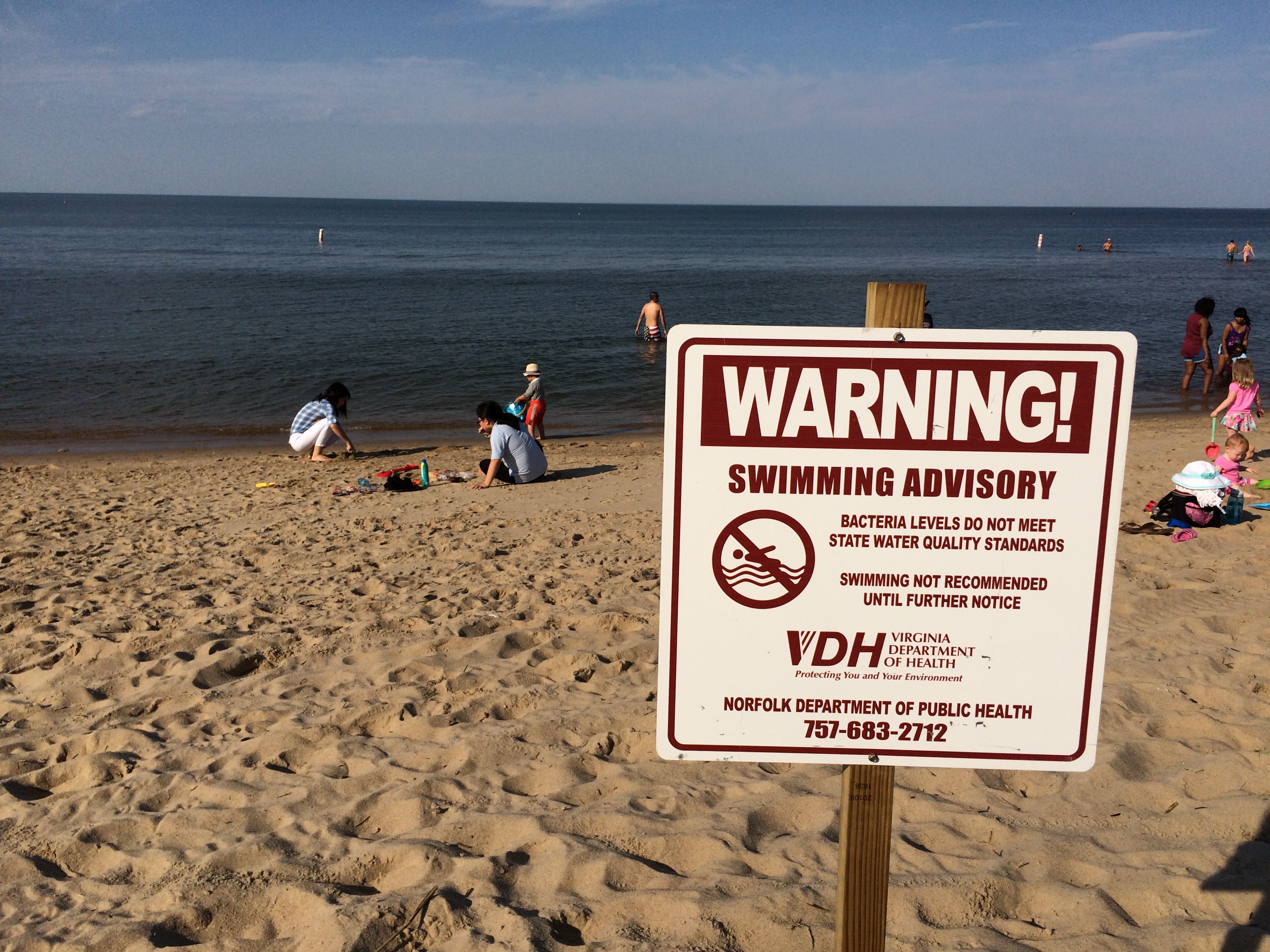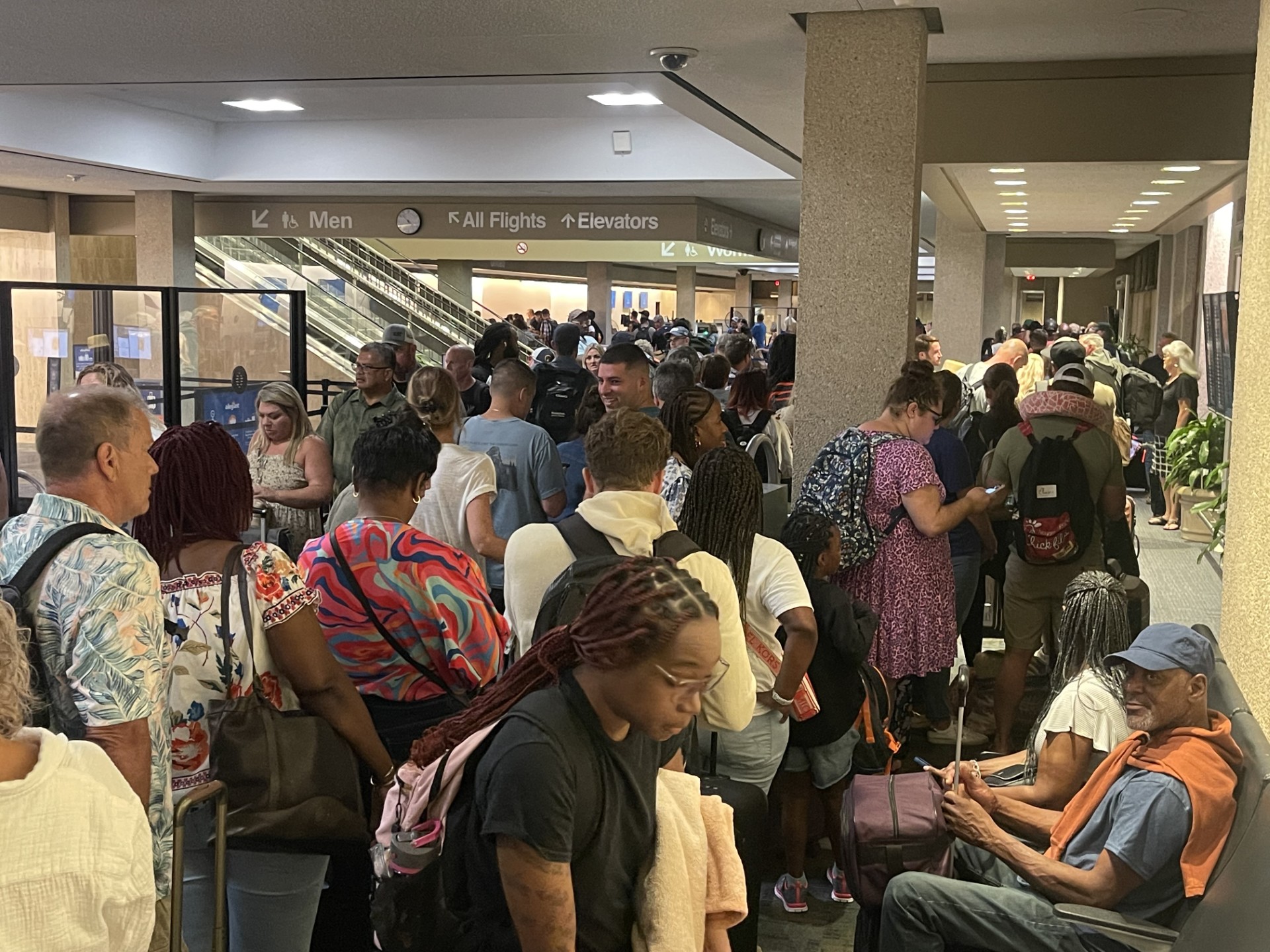PORTSMOUTH, Va. (WAVY) — The number of juvenile striped bass in Virginia waters is down for the second straight year, a concerning development, researchers say.
The 2024 survey of the juvenile numbers was released last week by William & Mary’s Virginia Institute of Marine Science (VIMS) and its Batten School of Coastal & Marine Sciences.
They say the 2024 mean value of 3.43 stripers per seine haul (in which a long net is used to trap fish) is significantly lower than the historic average of 7.77 fish (the survey’s been conducted annually since 1967).
Researchers say there have been years, about once a decade since the Virginia’s striped bass fishing moratorium was lifted in 1990, when juvenile striped bass numbers are low, but seeing numbers this low for consecutive years is alarming.
Several factors may be contributing to the lower reproductive numbers, including a loss of suitable nursery habitat in the Chesapeake Bay.
“Habitat is important for growth. And if you don’t have good growth at a young age, theoretically that can lead to higher mortality rates and fewer adults,” said Mary Fabrizio, a professor with VIMS.
Recent VIMS research conducted by Ph.D. student Rachel Dixon found about half of the 10 major spawning areas for stripers in Virginia waters recorded decreases in suitable habitat. They noted that smaller tributaries on the Eastern Shore have been identified as critical areas for striped bass reproduction due to their shallow shoreline.
Researchers say limiting things like nutrient runoff (from farms, stormwater, etc.) and other pollutants can help keep those habitats healthy.
“Even though the amount of suitable habitat has declined since 1996, we’re not seeing a direct impact on the overall population just yet. However, we did observe a pattern of higher numbers of juvenile fish in years with greater extent of suitable habitat,” said Dixon. “It appears that habitat is playing an important role in the survival and production of juvenile striped bass, but it’s likely one of many factors influencing the population.”
Virginia’s study comes after Maryland also reported lower numbers of juvenile striped bass in their waters in 2024.
You can read the full study here.




























